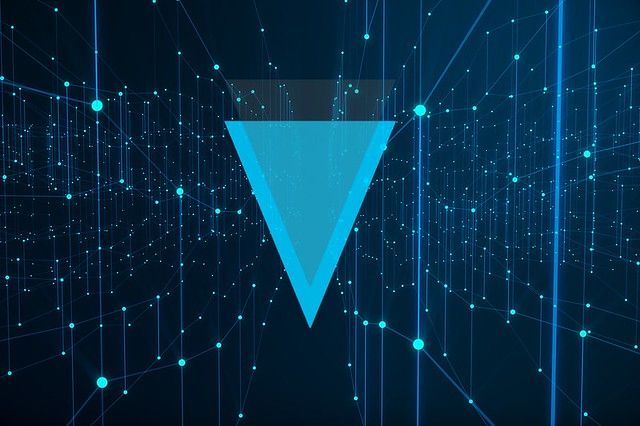Photo Credit To Crypto News Daily Via Flickr
Verge ( XVG Coin ) is a cryptocoin whose focus is privacy for its users. In the past 2 years, the coin has experienced a lot of turmoil. While privacy is the goal of this goal, the team behind it also has a major interest in improving speed and lowering the transaction costs. The project has as many supporters as detractors and skeptics. XVG price currently sits at $0.0046 , which is substantially lower from its all-time highs which was around $0.22 cents.
XVG Crypto History
The Verge coin first appeared in 2014. At the time, it was known as the DogecoinDark. The founders claimed that Bitcoin offered no privacy, which is why Verge was important. The creators said that creating a wallet address, which could be inspected by members of the public made it easy for state actors and other to trace the transaction history of a wallet and learn the balance it holds.
According to the Verge creator, this made BTC has the same level of privacy as fiat currencies, which were held in banks. Sunerok, who was anonymous at the time, created the Verge project. Later on, he revealed his identity to help increase trust in the Verge project.
Financial Privacy on Verge
A growing number of people believe that financial privacy should be a human right and no one should be allowed to spy on private financial data. Verge aims to solve these problems by allowing people to use their crypto holdings to exchange value anonymously, anywhere in the world.
The project is also quite democratic; it is based on open-source code and anyone can suggest improvements to the code. A development team voted for the suggestions and if they are supported by most of the Verge holder, the change goes into effect.
The Technical Accomplishments of Verge
Besides privacy, Verge wants to improve the speed of blockchain transactions. On the BTC network, a single transaction takes about 10 minutes; Verge processes transactions in just 30 seconds. Scalability is also a major achievement for Verge. The network can process 100 transactions per second, compared to BTC, which processes 7 transactions per second.
Mining Algorithms
Unlike BTC, Verge can be mined using five different algorithms. Mining BTC with one algorithm limits the number of people who can mine BTC. Only people who can afford expensive ASIC miners can min BTC. Verge can be mined using different types of mining rigs including GPUs, CPUs, and ASICs. It ensures a few actors can centralize the crypto while also keeping the power consumption low.
Ensuring Financial Privacy
Verge improves user privacy by hiding your IP address and making each transaction impossible to trade. To hide the IP address, Verge uses TOR, which uses various servers to change how your IP address reaches Verge. To hide transactions, Verge uses I2P, which is similar to TOR. Each transaction is broken down into different parts, which makes it hard for bad actors to trace transactions to you. In January 2018, Verge released the Wraith Protocol. It allows users to pick between sending transactions publicly and masking them using the Wraith Protocol.
Notice: Information contained herein is not and should not be construed as an offer, solicitation, or recommendation to buy or sell securities. The information has been obtained from sources we believe to be reliable; however no guarantee is made or implied with respect to its accuracy, timeliness, or completeness. Authors may own the crypto currency they discuss. The information and content are subject to change without notice. Visionary Financial and its affiliates do not provide investment, tax, legal or accounting advice. This material has been prepared for informational purposes only and is the opinion of the author, and is not intended to provide, and should not be relied on for, investment, tax, legal, accounting advice. You should consult your own investment, tax, legal and accounting advisors before engaging in any transaction. All content published by Visionary Financial is not an endorsement whatsoever. Please also visit our Privacy policy; disclaimer; and terms and conditions page for further information.

